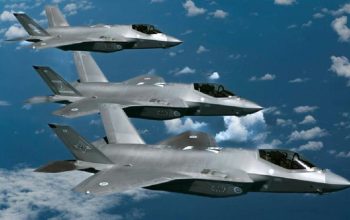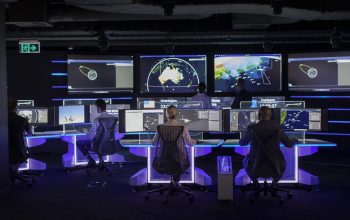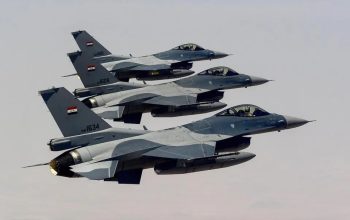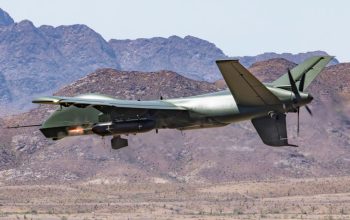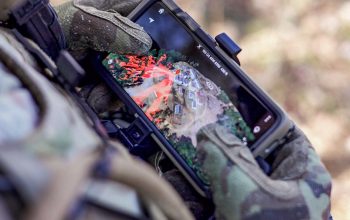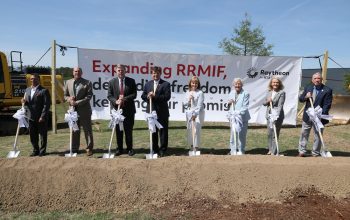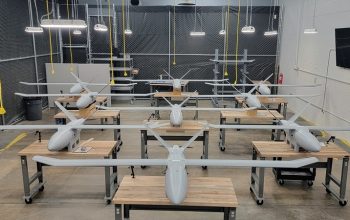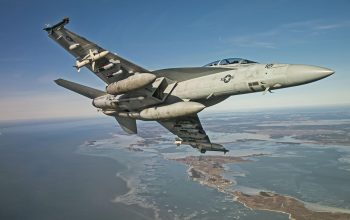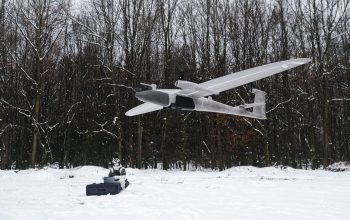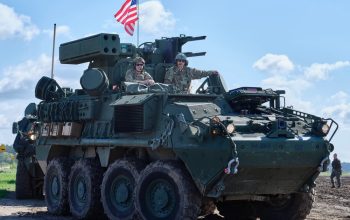A mock B61-12’s strike in the dusty Nevada desert successfully completed the first in a series of flight tests with the U.S. Air Force’s newest fighter jet, demonstrating the bomb’s first release from an internal bomb bay at greater than the speed of sound. The flight test of the B61-12 with the F-35A Lightning II this summer was the first ever at Sandia’s Tonopah Test Range featuring the fighter jet. It was also the first of a testing series that will conclude with full-weapon systems demonstrations designed to increase confidence the bomb will always work when needed and never under any other circumstances. In partnership with NNSA, Los Alamos National Laboratory and the Air Force, Sandia completed a B61-12 full-weapon system demonÂstration with the F-15E Strike Eagle fighter jet in March, and another in July with the Air Force’s B-2 Spirit bomber.
Sandia is the design and engineering lab for non-nuclear components of the nation’s nuclear stockpile, including the B61-12. In addition to non-nuclear component development, Sandia serves as the technical integrator for the complete weapon, assuring the system meets requirements as a full-weapon system. During the Aug. 25 flight test, an F-35A flying faster than the speed of sound dropped a B61-12 — containing non-nuclear and mock nuclear components — from about 10,500 feet above Tonopah Test Range. The inert B61-12 struck the desert floor in the designated target area about 42 seconds later.
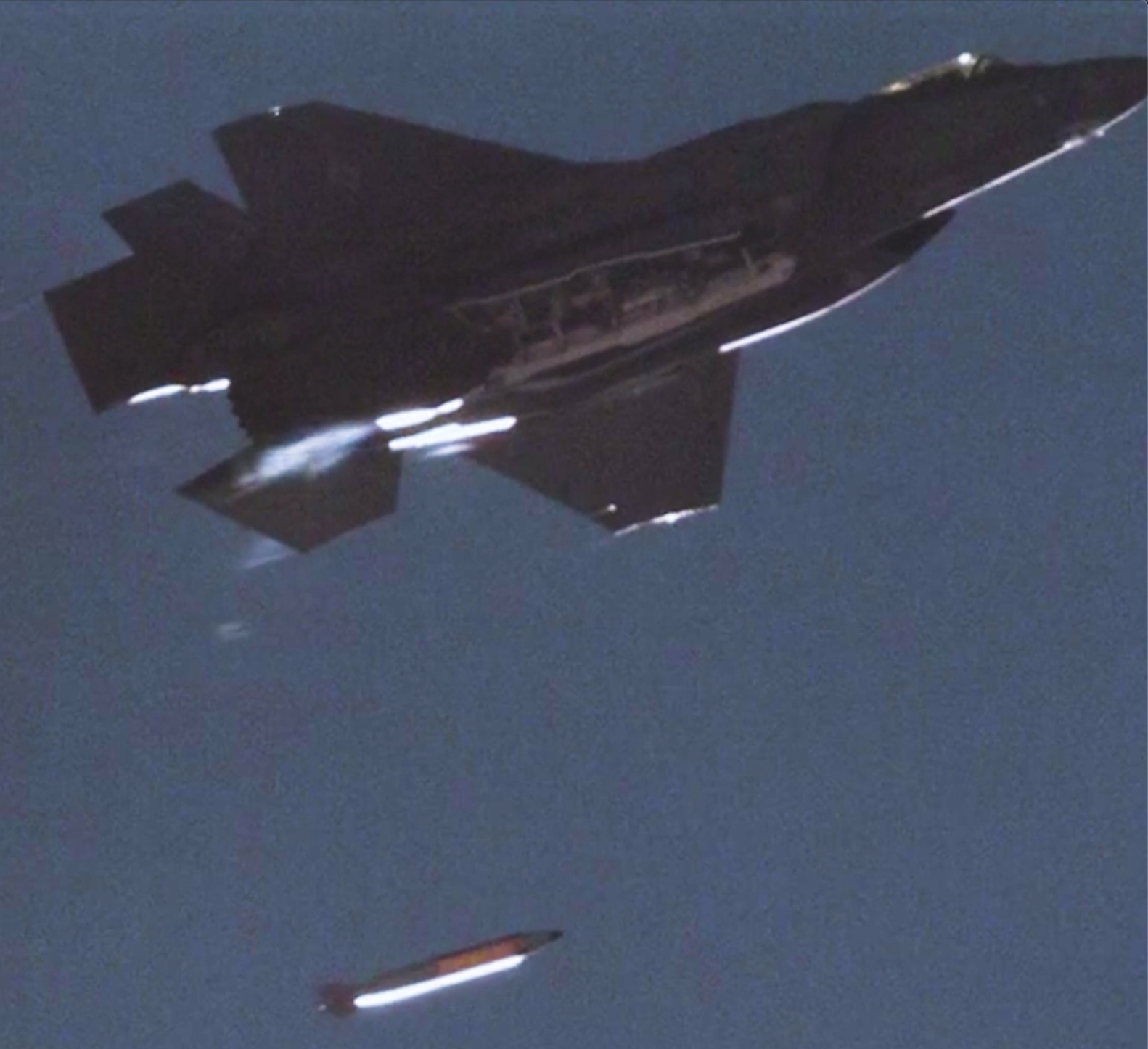
Coordination between Sandia, Los Alamos, NNSA and the Air Force made the flight test posÂsible, and initial data shows that all systems and interfaces between the refurbished bomb and the F-35A worked as expected. Unlike previous fighter jets, the F-35A carries the bomb internally. The recent flight test was the first demonstration of a fully instrumented B61-12 release from an internal bomb bay on a fighter and the first such release at speeds of Mach 1 or greater. The test also came amid now commonplace COVID-19 workplace restrictions, which can make planning more difficult but are not slowing down Sandia’s important mission work. The F-35A is a fifth-generation fighter and is described by an Air Force fact sheet as an “agile, versatile, high-performance, 9-G capable multiÂrole fighter” with stealth technology and advanced sensors.
The compatibility testing is an essential part of the B61-12 Life Extension Program to refurbish, reuse or replace components, extend the bomb’s service life, and improve its safety, security and effectiveness. A life extension program allows scientists and engineers to address the aging of nuclear weapÂons components. Some components are requaliÂfied and go back into a weapon without change; others that have aged are remanufactured using the original specifications; and sometimes the original technology is no longer available, so Sandia redeÂsigns those parts using modern technology.


